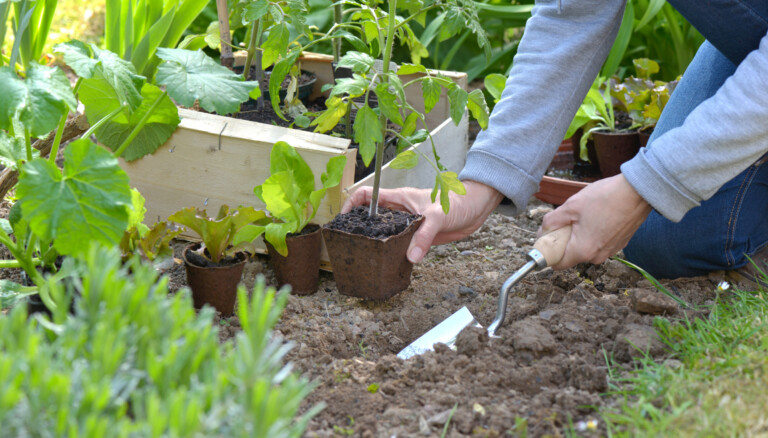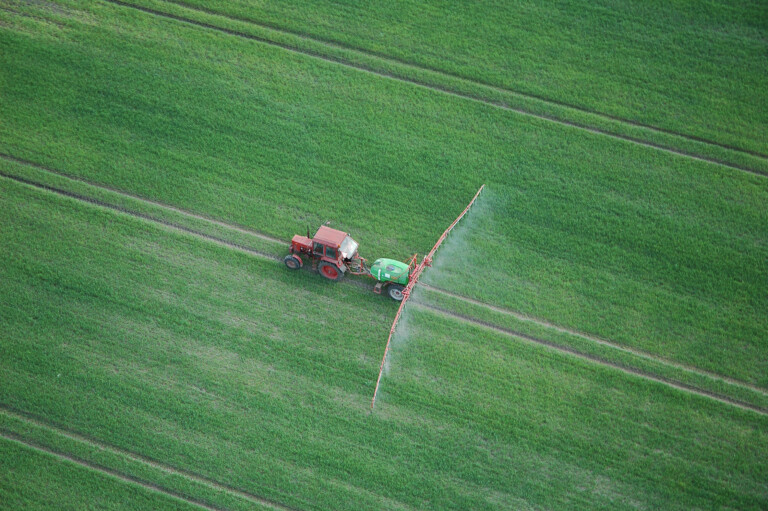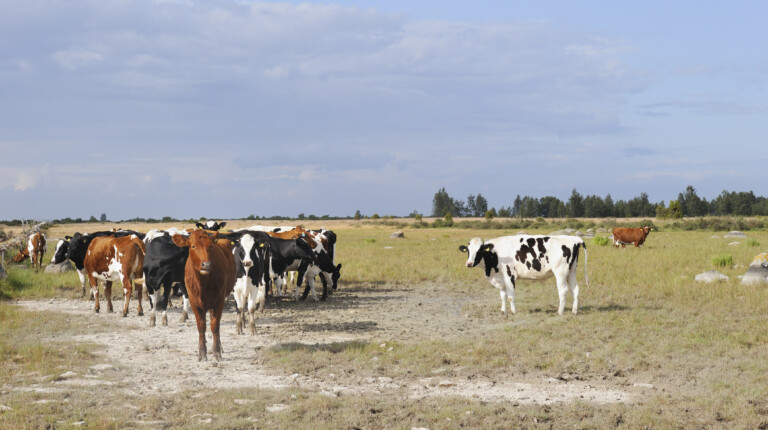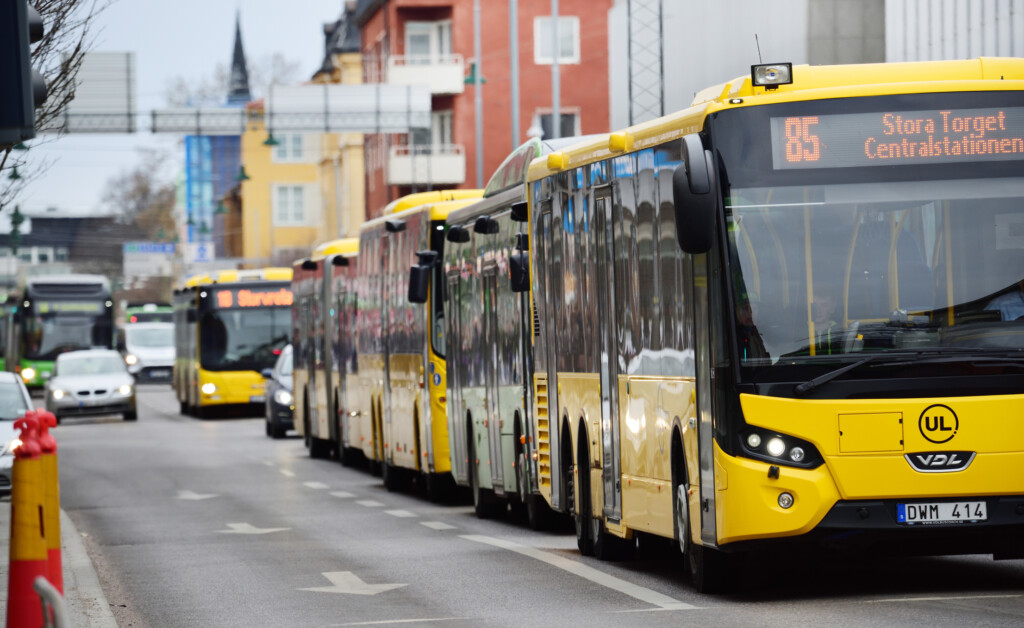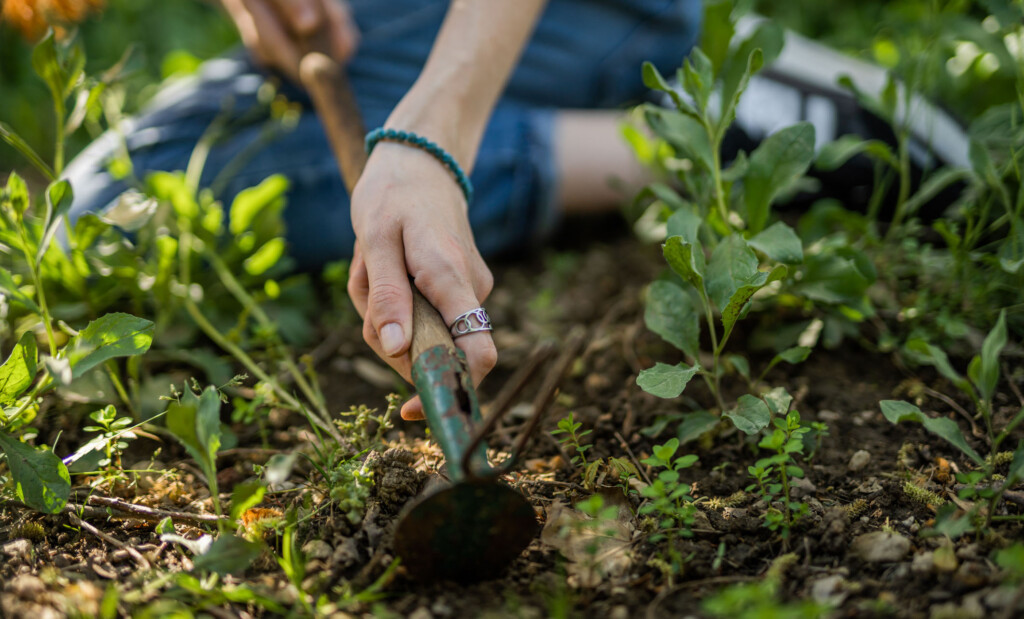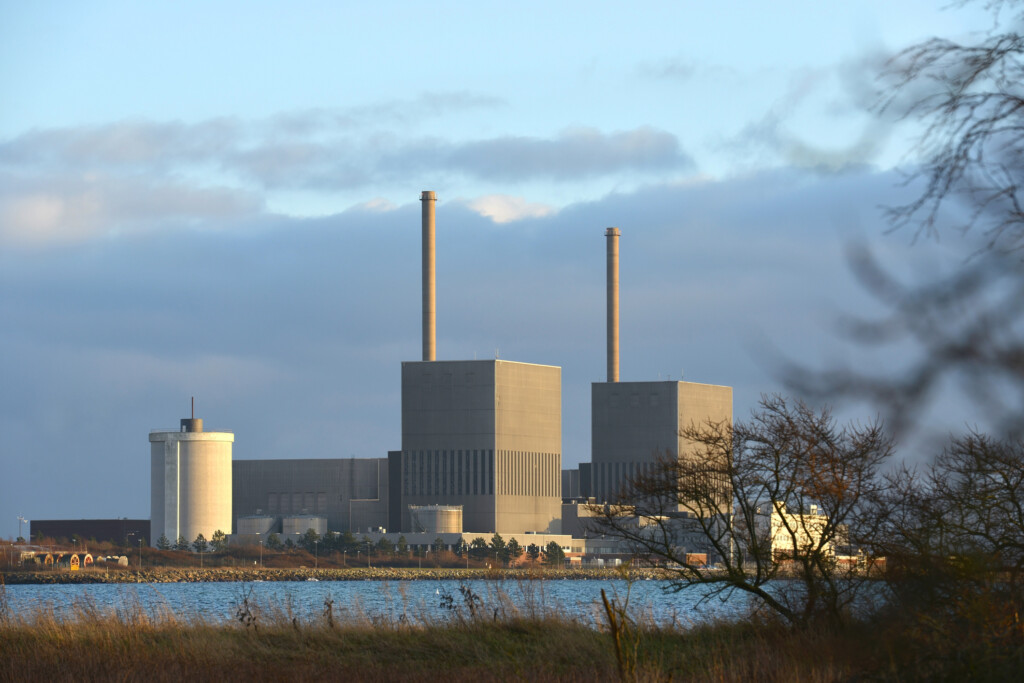Sustainable cities
Our environmental choices are being scanned in the grocery store
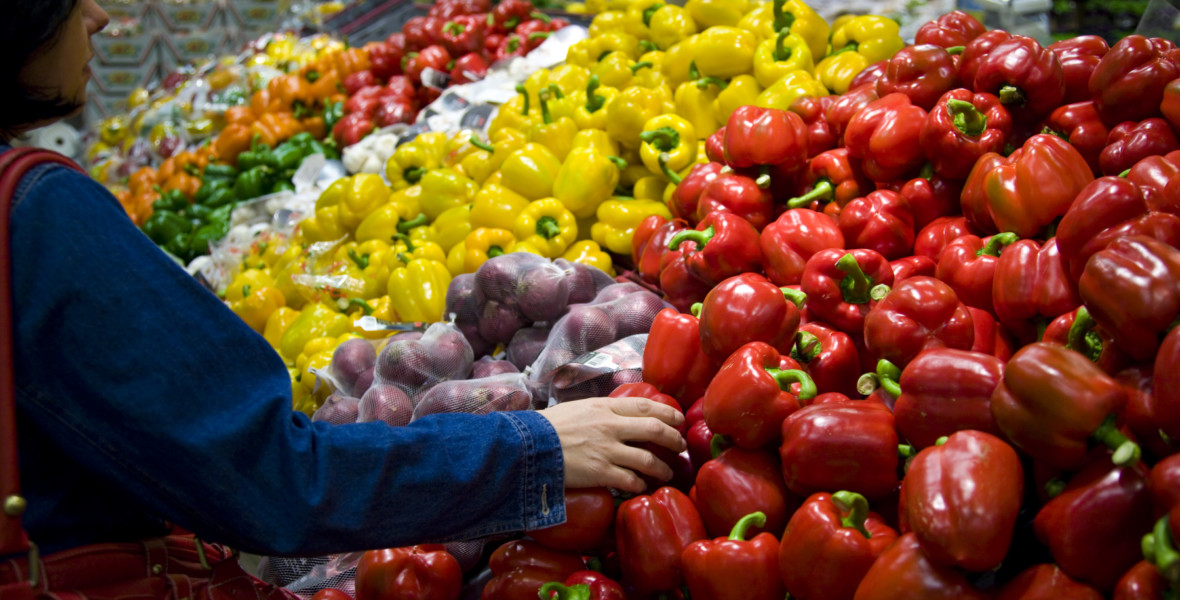
Although climate-smart shopping makes you feel good, your wallet can feel the sting. How much extra are we really prepared to pay for more sustainable alternatives?
Prenumerera på Extrakts nyhetsbrev!
Läs mer
Håll dig uppdaterad! Få kunskapen, idéerna och de nya lösningarna för ett hållbart samhälle.
Personal data is stored only for the mailing of Extrakt newsletters and information related to Extrakt’s operations. You can cancel the newsletter at any time, which means you will no longer receive any emails from us
Many people can consider paying a bit more for foods that result in lower carbon dioxide emissions or promote biodiversity. Now, researchers at the Swedish University of Agricultural Sciences will determine how much. In a new project, the researchers will collect data from a major grocery chain to find out what it takes for more people to shop more sustainably, and above all to buy more plant-based foods.
“It’s really exciting. I’ve wanted to do this for years,” says Sarah Säll, who studies economic instruments within food consumption.
Consumer guidance only goes so far
To make food consumption more sustainable, we simply can’t place more products of vegetable origin on the shelves or give consumers more guidance through climate labelling for food products. These are important steps, but policy instruments are also needed to make more sustainable products economically attractive, Säll explains.
“Although meat consumption has decreased in recent years, it’s happened too slowly and sales of organic goods have stagnated at 10 percent of total sales. Putting all the responsibility for changing our food consumption patterns on consumers doesn’t work,” she says.
The price tag is king
For many consumers, price ultimately has the greatest impact on the foods we choose to buy. This is why increasing the consumption of more sustainable food products partly relies on controlling the price relationship between, for example, imported goods and locally produced goods, and between animal products and plant-based products, so that it becomes relatively cheaper to make sustainable choices, Säll claims.
One way to control the difference in prices is to impose taxes on certain goods and subsidize others. Support measures can also be introduced for producers to make it more profitable for them to produce climate-smart products.
Input for policymakers
Based on analyses of the data from the grocery store in her study, Säll hopes that they will be able to provide policymakers with input on the effects of a variety of instruments. In the long run, she hopes that the project will make a contribution in the transition to a more sustainable food system. Since the study only covers one store, the findings must be interpreted with caution. Still, Säll believes that they will be able to provide important new knowledge.
“We’ll be able to see the willingness to pay for a specific item and how consumers act when prices are raised and lowered,” she says.
So what happens if there is a sale on Swedish apples? How cheap do they need to be for consumers to choose them over imported oranges and bananas? Perhaps there is a magical limit, or perhaps consumers will continue buying bananas anyway because that is what they want.
“Not everything can be solved through pricing. Take dried beans, which are really cheap – people will buy meat even if the beans get even cheaper. But we know that price is an important factor, although it probably needs to be supplemented with other data-based instruments, Säll says.
Survey of farmers
Over the course of the project, the researchers will study more than consumer behaviour alone. They plan to conduct a survey among farmers.
“We haven’t gotten that far with it yet, but we hope to discover what they need to make it more profitable to switch to more sustainable food production,” she says.
